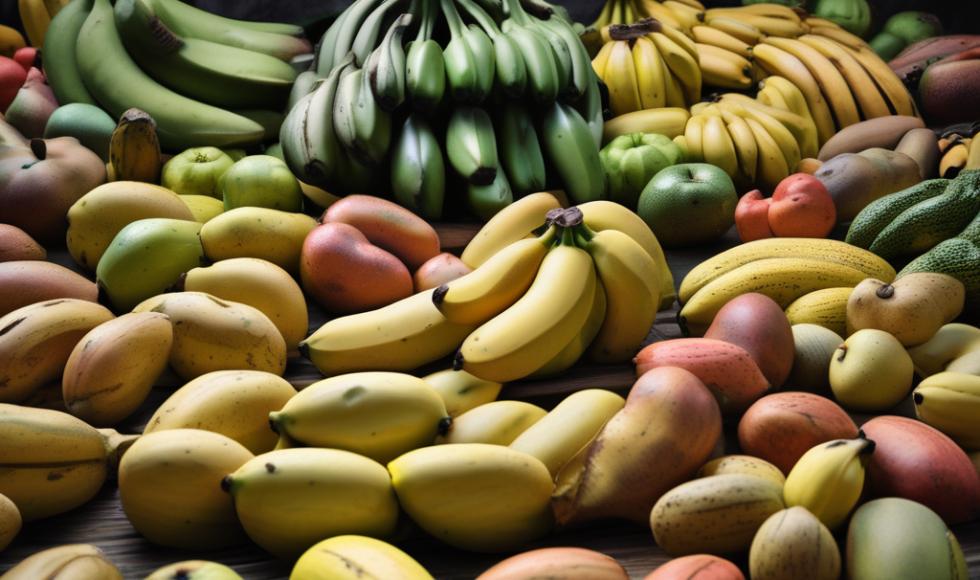Alexander Wittenberg from KeyGene in the Netherlands spoke at London Calling 2024 about “Unlocking the banana pangenome: harnessing genetic diversity.” They explained that the genetic diversity of bananas is very low because of the passaging of a single clone. Fusarium wilt and black Sigatoka cause disease and elicit the spraying of large amounts of pesticides. The KeyGene team sequenced 150 diploid germplasm of Cavendish. Using these lines, they made crosses between lines and tested for resistance. With adaptive sampling, they selected resistance regions of interest. The team is working on the banana pangenome with chromosome-scale T2T phased reference genomes of 9 (2x) accessions of Candish (3n) and draft reference genomes of ~50 accessions. The team used Oxford Nanopore Technologies (ONT) sequencing with long-read duplex and Pore-C library preparations. Wittenberg explained that they used software from KeyGene for assemblies. The team also generated HIFi data and simplex reads that they filtered, selecting reads above 50 kb! The researchers were able to map long reads with accuracy to the references.A second phased diploid genome, KG134, was assembled with 26Gb of duplex and 15Gb of >50 kb simplex data and RagTag… all with ONT data. With this genome assembly, the team could identify a large translocation. KeyGene has developed a tool for the rapid construction of accurate pangenomes. With all the sequencing data KeyGene generated, they are now analyzing the genetic diversity of banana varieties.



